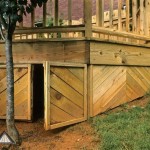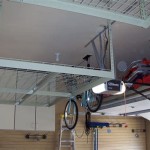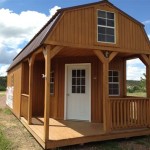Extension ladders are a staple of many home improvement projects, but they can be dangerous when not stored properly. To ensure the safety of your family and property, it is important to follow best practices for storing extension ladders.
The first step to proper storage is to inspect the ladder for any signs of wear and tear, such as broken rungs or damaged pulleys. If any of these signs are present, the ladder should be replaced or repaired before it is put away. Next, the ladder should be wiped down with a damp cloth to remove any dirt or dust that has built up.
Once the ladder has been cleaned and inspected, it is time to store it. Extension ladders should be stored in a dry and secure area, such as a garage or shed. If the ladder is going to be stored outdoors, it should be covered with a tarp or plastic sheeting to protect it from the elements. The ladder should also be propped up against a wall or other sturdy object to prevent it from tipping over.
When using the ladder, it is important to use the proper safety equipment. This includes wearing a safety harness and using a rope to tie off the top of the ladder. This will help prevent it from slipping or tipping over. Additionally, the ladder should be placed on a flat, stable surface that is free of debris and loose objects.
Finally, it is important to be mindful of the ladder’s weight capacity. Extension ladders can be very heavy and should never be overloaded. It is also important to secure the ladder while in use, either by tying it off or using a ladder stabilizer.
By following these best practices for extension ladder storage, you can ensure the safety of your family and property. With proper care and regular maintenance, your ladder can be a reliable and safe tool for many years to come.










Related Posts








